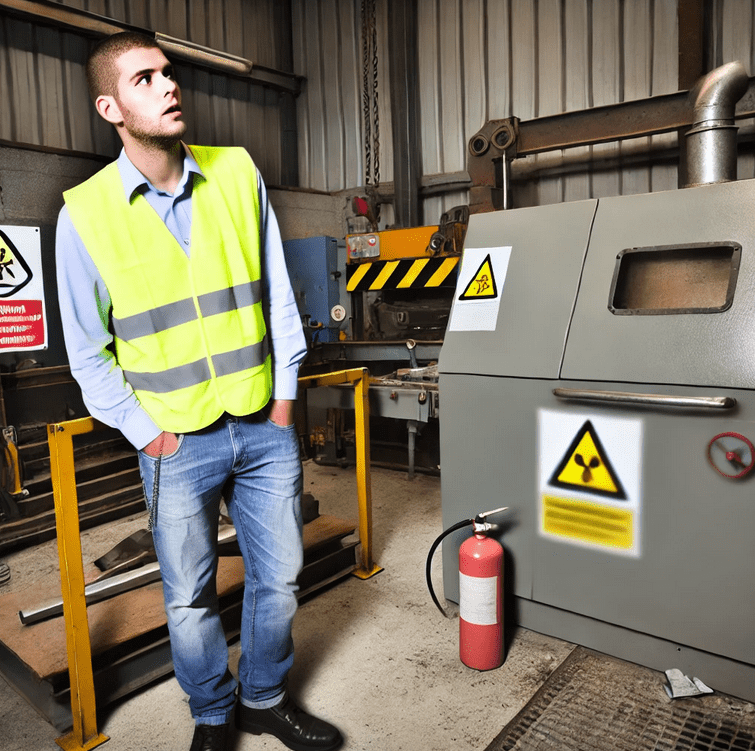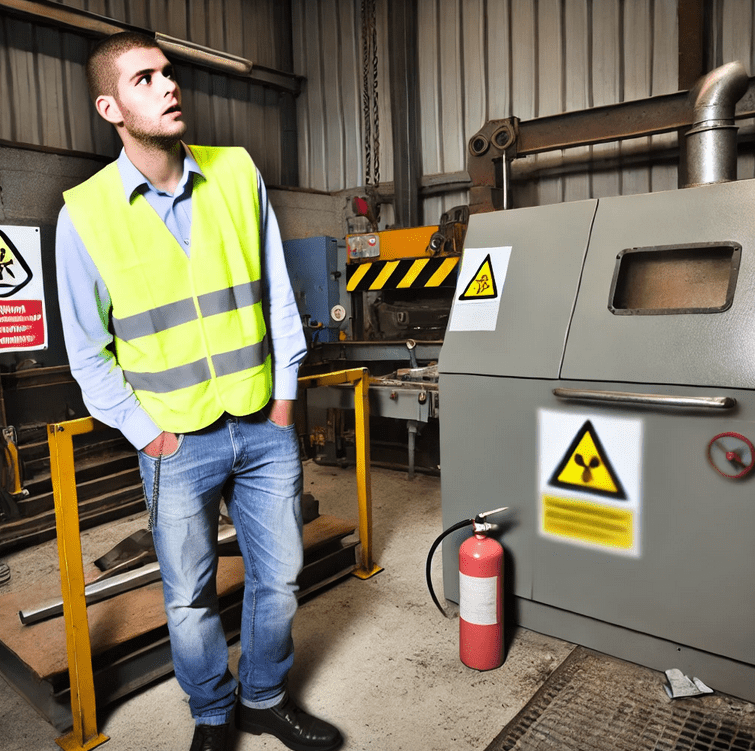When we think about workplace accidents, we often focus on physical hazards—machinery, unsafe environments, or lack of safety equipment. However, one crucial yet overlooked contributor to workplace incidents is mindset.

Attitudes and beliefs impact our actions in subtle but profound ways, potentially leading to dangerous behavior. Recognizing and addressing these mindsets is key to cultivating a safe and secure work environment.
- 1. The "It Won’t Happen to Me" Mindset
- 2. Rushing to Complete Tasks
- 3. The "It's Not My Job" Mentality
- 4. Overconfidence Due to Experience
- 5. Complacency and Routine Blindness
- 6. Overcoming the "Shortcut Culture"
- 7. Ignoring Signs of Fatigue and Stress
- 8. "We've Always Done It This Way"
- 9. Fear of Reporting or Speaking Up
- Cultivating a Proactive Safety Mindset
1. The “It Won’t Happen to Me” Mindset
One of the most common mindsets that leads to accidents is a sense of invulnerability. Employees who think, “It won’t happen to me,” are more likely to overlook important safety protocols, believing that they are somehow immune to accidents. This false sense of security can lead to complacency, cutting corners, and underestimating the risks of a task.
Solution: Employers can counter this mindset by sharing real-life examples of accidents, conducting regular safety training, and reminding employees that safety guidelines apply to everyone, regardless of experience or skill level.
2. Rushing to Complete Tasks
The pressure to meet deadlines or productivity quotas often leads workers to rush through tasks, sometimes at the expense of proper safety measures. Speeding up can lead to mistakes, missed steps, or negligence. This “get-it-done-fast” mentality is dangerous in any industry but especially so in high-risk jobs like construction, manufacturing, or healthcare.
Solution: To combat this, companies can set realistic deadlines and emphasize that safety is prioritized over speed. Regular reminders that accidents can lead to longer delays—and even injuries—can help employees value carefulness over quickness.
3. The “It’s Not My Job” Mentality
Employees may ignore safety hazards if they believe that dealing with them is not their responsibility. This mindset is especially prevalent in environments with clearly defined roles, where employees assume that if a hazard falls outside their immediate duties, they are not responsible for addressing it.
Solution: Encouraging a team-oriented safety culture can mitigate this issue. All employees should be trained to report hazards regardless of their role. Regularly promoting a culture where everyone takes ownership of safety will also help reduce accidents caused by this mindset.
4. Overconfidence Due to Experience
Experienced workers are sometimes more likely to take risks, assuming their familiarity with tasks protects them from harm. While experience is an asset, it can sometimes lead to a dismissive attitude toward safety protocols, especially in repetitive tasks where employees feel they “know the drill.”
Solution: To address this, companies can emphasize the importance of consistent safety practices for all workers, regardless of experience level. Periodic refresher training sessions can help remind experienced workers of the importance of adherence to safety guidelines.
5. Complacency and Routine Blindness
When tasks become routine, employees may fall into complacency, assuming that if a task hasn’t caused an accident yet, it won’t in the future. This mindset can lead to a lack of vigilance, especially in tasks performed frequently, where hazards may become “invisible” due to familiarity.
Solution: Rotating job roles and varying tasks can help keep employees alert. Routine safety audits and observational feedback from supervisors can also keep employees aware of risks that might otherwise go unnoticed.
6. Overcoming the “Shortcut Culture”
In fast-paced work environments, there may be a culture of taking shortcuts to save time. This mindset can be encouraged by informal social norms, where employees observe each other bypassing protocols to meet productivity goals. Over time, this can lead to accidents and reinforce the risky behavior as “normal.”
Solution: Organizations should communicate the importance of following procedures fully and consistently. Leadership can set a positive example by actively discouraging shortcuts and rewarding employees who follow proper protocols, thus shifting the workplace culture.
7. Ignoring Signs of Fatigue and Stress
Employees under stress or fatigue are at higher risk of accidents, as these conditions impair focus and reaction time. Workers may push through despite exhaustion, often under the misconception that taking breaks is a sign of weakness or lack of dedication.
Solution: Organizations should encourage regular breaks and promote a culture that respects physical and mental limits. Providing resources for stress management, encouraging open communication, and ensuring that workloads are manageable can help reduce accidents related to fatigue and stress.
8. “We’ve Always Done It This Way”
The resistance to change or update safety practices is another mindset that can lead to accidents. Employees and management may rely on outdated methods simply because they are familiar, even when better or safer alternatives are available.
Solution: Encouraging continuous improvement and regularly updating safety protocols can prevent complacency. Involving employees in discussions about safety improvements can also help ease transitions and increase acceptance of new practices.
9. Fear of Reporting or Speaking Up
Employees may be afraid to report unsafe conditions or practices due to fear of being reprimanded or singled out. This mindset is particularly damaging, as it discourages employees from identifying and addressing potential hazards.
Solution: Organizations should promote a no-blame culture that encourages reporting and open communication. Instituting an anonymous reporting system can further encourage employees to speak up about safety concerns without fear of repercussions.
Cultivating a Proactive Safety Mindset
Preventing workplace accidents requires more than just physical safety measures; it involves fostering a proactive and mindful attitude toward risk. Recognizing and addressing the mindsets that contribute to accidents is critical for creating a safe workplace.
By prioritizing awareness and personal responsibility, companies can significantly reduce accidents and protect both employees and assets.
In the end, a collective commitment to safety—from management to frontline workers—is essential for fostering a safer, more mindful workplace environment.


No comments yet